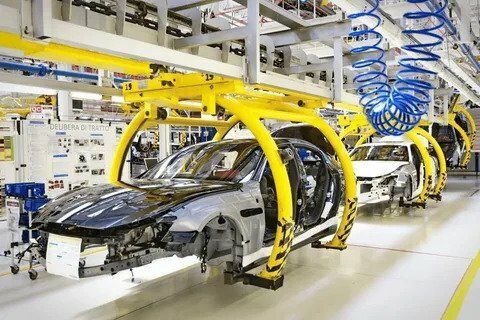
fabrication
In the intricate world of manufacturing and engineering, fabrication stands as a cornerstone process, weaving innovation and precision into the creation of various products. From the broad realm of fabrication engineering to the nuanced differences between fabrication and manufacturing, this article embarks on a journey to unravel the mysteries and marvels of fabrication.
Section 1: What is Fabrication Engineering?
Fabrication engineering encompasses a diverse range of processes aimed at transforming raw materials into finished products. At its core, it involves the manipulation of materials to construct structures, machines, or components that serve specific purposes. The essence of fabrication engineering lies in its ability to bring designs to life through cutting, shaping, and assembling materials into functional and aesthetically pleasing entities.
Section 2: Decoding Fabrican – A Closer Look at the Term
In the lexicon of fabrication, one might come across the term “Fabrican.” This intriguing term refers to a unique development in the realm of fabric-based sprayable products. Fabrican involves the use of sprayable fabric that, when applied, forms an instant garment or covering. This innovative approach to fabric application has found applications in various fields, from fashion to medical textiles.
Section 3: Fabrication vs. Manufacturing – Understanding the Nuances
While often used interchangeably, fabrication and manufacturing represent distinct stages in the production process. Fabrication involves the creation of individual components through cutting, bending, and assembling, often utilizing raw materials. On the other hand, manufacturing encompasses the entire production process, from the creation of components to the assembly of the final product. Understanding these nuances is crucial in appreciating the synergy between fabrication and manufacturing that gives rise to the products we encounter daily.
Section 4: Delving into Fabrication in Steel Work
Steel, known for its strength and versatility, is a prominent material in fabrication. Fabrication in steelwork involves the crafting of structural components, machinery, and even artistic pieces. From the construction industry to artistic installations, steel fabrication plays a pivotal role in shaping the physical world around us. The precision required in steel fabrication demands a meticulous approach, ensuring that the final product meets both structural and aesthetic standards.
Section 5: The Trio of Fabrication Techniques
Fabrication relies on a diverse set of techniques, each serving specific purposes in the production process. Let’s delve into the three main fabrication techniques:
- Cutting:
- Discuss various cutting methods such as laser cutting, plasma cutting, and waterjet cutting.
- Highlight the precision and applications of each cutting technique.
- Bending:
- Explore the art of bending materials to achieve desired shapes.
- Showcase how different materials respond to bending processes.
- Assembling:
- Cover the various methods of assembling components, including welding, fastening, and adhesives.
- Emphasize the importance of precision in the assembly stage.
Section 6: Welding vs. Fabrication – Bridging the Gap
Welding and fabrication are often intertwined concepts, but they represent distinct processes in the manufacturing landscape.
- Welding:
- Define welding as the process of joining two or more materials through the application of heat and pressure.
- Discuss various welding techniques such as arc welding, MIG welding, and TIG welding.
- Highlight the importance of skilled welders in ensuring the integrity of welded joints.
- Fabrication:
- Reinforce the idea that fabrication encompasses a broader scope, including cutting, bending, and assembling.
- Emphasize the collaborative nature of welding within the fabrication process.
- Showcase how welding contributes to the structural integrity of fabricated components.
Understanding the distinction between welding and fabrication is crucial for professionals in the manufacturing sector, ensuring the seamless integration of these processes in the creation of durable and functional products.
Conclusion:
In conclusion, the world of fabrication unfolds as a realm of endless possibilities, where engineering meets creativity to shape the physical manifestations of human ingenuity. From the precision of fabrication engineering to the innovative concepts like Fabrican, each facet contributes to the rich tapestry of manufacturing. As we navigate through the intricacies of steelwork, fabrication techniques, and the symbiotic relationship between welding and fabrication, it becomes evident that this field is not just about creating products; it’s about crafting solutions that propel industries forward.
Closing Thoughts:
This journey into the world of fabrication only scratches the surface of a vast and ever-evolving domain. As technology advances and new materials emerge, the art and science of fabrication continue to push the boundaries of what is possible. Whether you are an aspiring engineer, a seasoned professional, or simply curious about the mechanisms behind the products you encounter daily, delving deeper into the wonders of fabrication unveils a world where imagination and precision converge to build the future.






